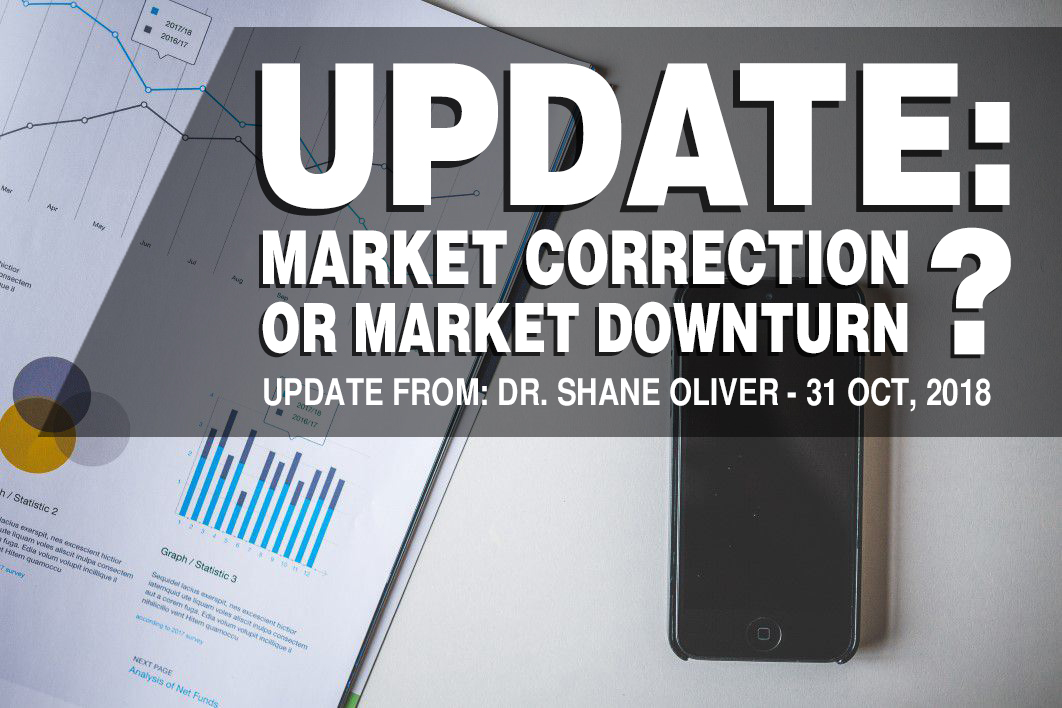Market Downturn: A Study Of Contrasting Investor Strategies

Table of Contents
Conservative Strategies for Market Downturns
Conservative strategies during a market downturn prioritize capital preservation over aggressive growth. The goal is to weather the storm and emerge with your investments intact, ready to capitalize on opportunities when the market recovers.
Defensive Portfolio Positioning
Reducing risk exposure is paramount during a bear market. This involves shifting your portfolio towards lower-risk assets.
- Reduce risk exposure: Move funds from equities (stocks) to more stable investments like government bonds, high-quality corporate bonds, and cash equivalents (money market accounts, high-yield savings accounts). These are often considered recession-proof investments.
- Diversify holdings: Don't put all your eggs in one basket. Diversification across different asset classes (stocks, bonds, real estate, etc.) helps to mitigate losses. A well-diversified portfolio is better equipped to handle market volatility.
- Dollar-cost averaging: Invest a fixed amount at regular intervals, regardless of market price fluctuations. This strategy minimizes the risk of investing a large sum at a market peak. It's a crucial aspect of long-term financial planning during market downturns.
Seeking Safety in Value Stocks
While many investors panic sell during a market downturn, value investing offers a contrarian approach.
- Fundamental analysis: Thoroughly research the financial health and future prospects of companies. Look for companies with strong fundamentals (low debt, consistent earnings, etc.) whose stock prices have been unfairly depressed.
- Contrarian investing: Buy assets when they are unpopular and prices are low. This requires patience and a long-term perspective.
- Long-term perspective: Hold onto these value investments, even during continued market volatility. Their value will likely rebound once the market recovers. This is a key element of successful investment strategies in a bear market.
Aggressive Strategies for Market Downturns
While riskier, aggressive strategies aim to capitalize on market declines. These strategies require a higher risk tolerance and a deep understanding of market dynamics.
Contrarian Investing and Value Buying
This involves identifying undervalued assets and capitalizing on the panic selling that often occurs during market downturns.
- Market timing: Attempting to buy low and sell high. This is notoriously difficult and requires significant market expertise. It's a high-risk strategy and not recommended for inexperienced investors.
- Short selling: Profiting from declining asset prices by borrowing and selling assets, hoping to buy them back later at a lower price. This is a highly leveraged and risky strategy.
- Leverage (with caution): Using borrowed funds to amplify potential gains. However, leverage also magnifies potential losses, making it crucial to proceed with extreme caution.
Growth Investing During a Downturn
Focusing on companies poised for long-term growth, despite short-term market challenges, can yield significant returns in the long run.
- Growth stock selection: Identify companies with high growth potential, even in a downturn. These are often innovative companies in resilient sectors.
- Technological advancements: Invest in sectors expected to outperform during economic uncertainty, such as technology and healthcare. These sectors often prove relatively recession-proof.
- Long-term horizon: Maintain a long-term investment perspective, ignoring short-term market fluctuations. This is crucial for successful growth investing.
Risk Management During Market Downturns
Effective risk management is critical regardless of your chosen investment strategy.
Diversification Across Asset Classes
Minimizing risk involves spreading investments across various asset classes. This reduces the impact of losses in any single asset class. This is a fundamental aspect of any successful investment strategy, especially during periods of market downturn.
Regular Portfolio Review and Rebalancing
Monitor your investments regularly and adjust allocations as needed to maintain your desired risk level. Rebalancing helps to prevent excessive exposure to any single asset class. This is vital for successful portfolio management during market volatility.
Emergency Fund Preparedness
Having sufficient cash reserves to cover unexpected expenses during economic hardship is crucial. This buffer will prevent you from having to sell assets at potentially unfavorable times. This is an important part of overall financial planning, particularly in navigating a market downturn.
Conclusion
Market downturns present significant challenges, but also opportunities for astute investors. Choosing the right investment strategy depends on your risk tolerance, investment timeline, and financial goals. Conservative strategies emphasize capital preservation, while aggressive approaches aim to capitalize on market dips. Regardless of your chosen approach, robust risk management is crucial. By carefully considering these contrasting strategies and implementing sound risk management practices, you can effectively navigate market downturns and build a resilient investment portfolio. Remember to consult a qualified financial advisor to create a personalized investment strategy tailored to your specific needs and risk tolerance when facing a market downturn.

Featured Posts
-
 Mets Reveal Requirements For Final Rotation Spot
Apr 28, 2025
Mets Reveal Requirements For Final Rotation Spot
Apr 28, 2025 -
 Espn Promotes Richard Jefferson Nba Finals Booth Remains Unconfirmed
Apr 28, 2025
Espn Promotes Richard Jefferson Nba Finals Booth Remains Unconfirmed
Apr 28, 2025 -
 Yukon Mine Manager Faces Contempt Charges From Politicians
Apr 28, 2025
Yukon Mine Manager Faces Contempt Charges From Politicians
Apr 28, 2025 -
 Yankees 2000 Season A Game By Game Account Of The Royals Match
Apr 28, 2025
Yankees 2000 Season A Game By Game Account Of The Royals Match
Apr 28, 2025 -
 Ftc To Appeal Activision Blizzard Acquisition Decision
Apr 28, 2025
Ftc To Appeal Activision Blizzard Acquisition Decision
Apr 28, 2025
